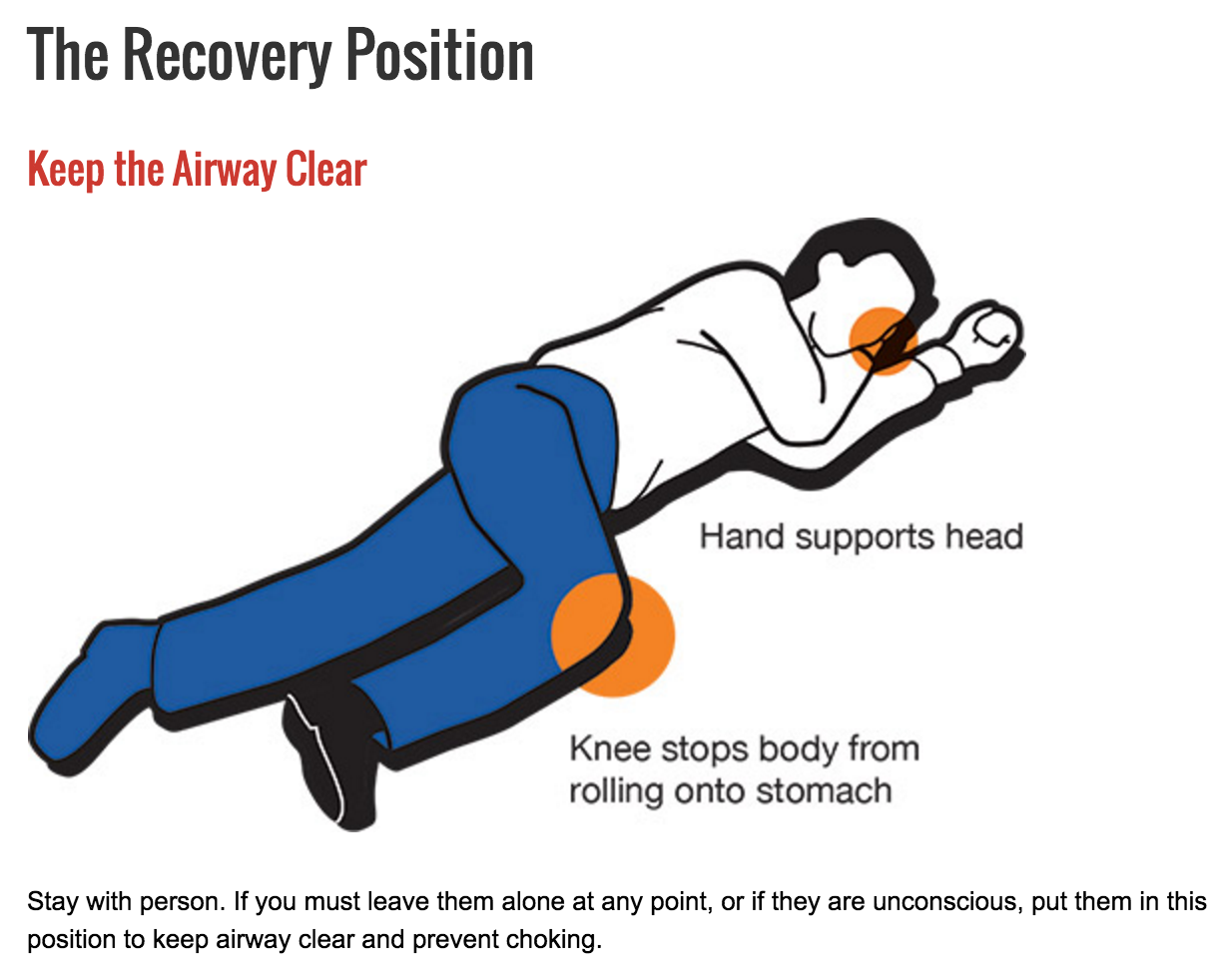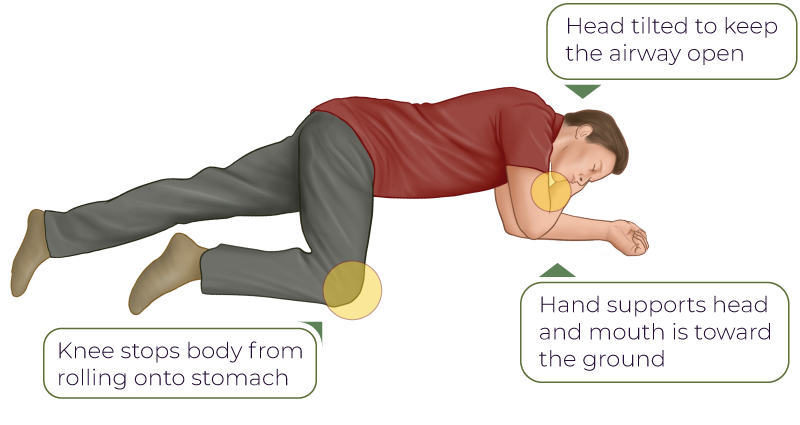When someone is unconscious or unable to move after an accident, it's crucial to put them in the recovery position to prevent choking on vomit or suffocation due to the tongue blocking the airway. The recovery position is a life-saving technique that everyone should know, especially those who work in healthcare, first aid, or emergency services.
What is the Recovery Position?
The recovery position is a position where the injured person is placed on their side with their upper leg bent at the hip and knee. The lower arm is positioned under the head to support it, and the upper arm is bent and resting on the chest. This position helps to keep the airway open and prevent any obstructions from blocking it.

Which Side Should the Person Be Placed?
The person should be placed on their side with the upper leg bent at the hip and knee. The arm on the side closest to the ground should be positioned under the head to support it, and the upper arm should be bent and resting on the chest. This position helps to keep the airway open and prevent any obstructions from blocking it.
How to Place Someone in the Recovery Position
Follow these steps to place someone in the recovery position:
- Kneel beside the person on the floor, ensuring that their legs are straight.
- Place the arm nearest to you at a right angle to their body, with their hand upwards towards their head.
- Take the other arm and place it across their chest, with their hand resting on the opposite shoulder.
- Bend the leg nearest to you at the hip and knee, keeping the foot on the floor.
- Using the other hand, grasp the far knee and pull it up, so their hip and knee are bent at right angles.
- Make sure their airway is open by tilting their head back and lifting their chin.
- Monitor their breathing and pulse until help arrives.

When to Use the Recovery Position
The recovery position should be used when someone is unconscious but breathing, and there's no evidence of a spinal injury. It's also suitable for someone who's conscious but feeling unwell, such as from a stroke, seizure, or alcohol intoxication.
Benefits of the Recovery Position
The recovery position is a simple but effective technique that can save someone's life. It helps to prevent choking on vomit or tongue obstruction, which can lead to suffocation and brain damage. It also helps to keep the airway open, allowing the person to breathe more easily and reducing the risk of respiratory distress.
Precautions When Using the Recovery Position
When using the recovery position, it's essential to take the following precautions:
- Don't move the person's neck or back unless there's evidence of spinal injury.
- Don't tilt the head too far back, as this can obstruct the airway rather than open it.
- Don't leave the person unattended and continue to monitor their breathing and pulse.
- Don't use the recovery position if the person is vomiting or bleeding from the mouth, as this can increase the risk of choking.

Conclusion
The recovery position is a life-saving technique that everyone should know, especially those who work in healthcare, first aid, or emergency services. It's a simple but effective way to keep the airway open and prevent choking on vomit or tongue obstruction. Remember to take precautions and monitor the person's breathing and pulse until help arrives.